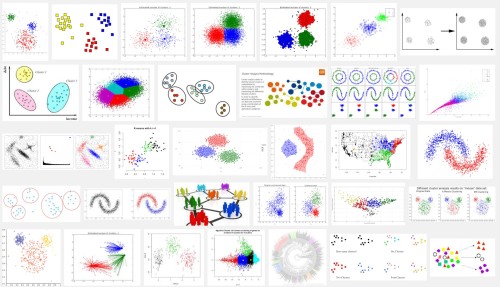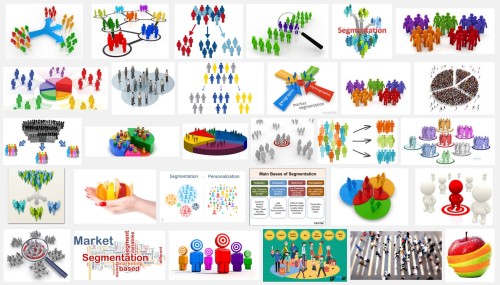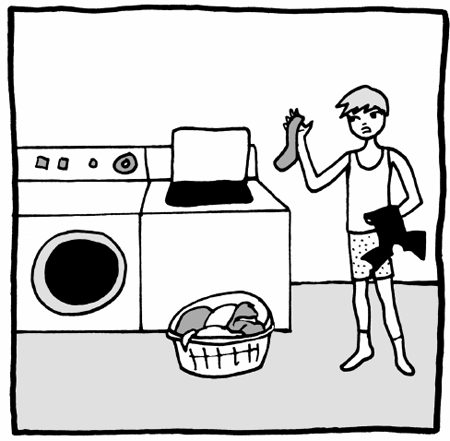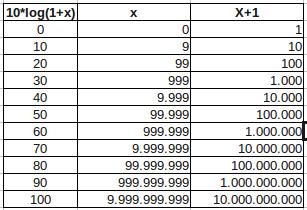Who Robbed who?
“Poor Greeks”, “Heartless troika”, are some of the cries we hear these days (e.g.saltspringnews).
Who is to blame for the imminent collapse of Greece? The greeks, who failed during decades to put their economy on track? Europe, who says they gave them already way to much and refuses to throw more money in this sinkhole?
The answer is, like always, neither black, nor white.
Fact is that the whole greek problem is not due to errors or bad luck or forces of nature, but to misleading and fraud, by people who would do anything for always more money. Hence those who will pay for the economical collapse are plainly robbed by those who have enjoyed the benefits.
That is why I call it “The Great Greek Robbery”.
Greece has fudged its figures to enter the euro…
Greece was not ready to enter the euro. It was economically no match for the richer european countries. And still it wanted to be part of the club. So it cheated with their debt figures.
the independent(1) and (2)
BBC news(1) and (2), (BBC)
Der Spiegel
Hence they should have been denied the admission to the euro
BBC
the local
And Europe knew Greece was cheating!
Really, it was not that nobody knew about it. The european big shots where aware of it but willingly shut their eyes!
Usnews
Historynewsnetwork
Why did Greece want to enter the euro?
For several reasons, which, like always, can be reduced to one thing: I WANT MORE MONEY
1. To get loans at a better intrest rates.
Greece, in economical trouble needed loans, lots of loans. But, being a very weak country, it had to pay huge intrests to compensate for the risk. When they became member of the euro, they got Europe behind them to take over the risks. So it was as if Greece suddenly had become a rich, solid european country with low risk. Now it could borrow at much lower intrest rates.
2. To get plain money
Being part of the euro, Greece now had access to subsidies, financial help and, yes, fraud possibilities (fraud, tax evasion and corruption are a national sport in Greece! wikipedia washingtonmonthly)
Capreform (especially look at the last paragraph)
Euracti(1) and (2)
Why wanted Europe to accept Greece?
It seems absurd that Europe would allow Greece to become member of the euro. There were way to much risks involved. In the meantime we are clearly seeing the disastrous results, and, trust me, at the moment of the greek entrance into the euro, the decision takers knew what was going to happen.
So why?
Those decision takers are top politicians. And what do top politicians want? Money! And where is the money? Right: in the banks (you know: bonuses and stuff, friends, seats in boards…). So banks (according to these politicians) must maximise profits at all costs.
With Greece outside the euro, loans where to risky and had to be limited. With Greece being part of the euro, all risk was covered by Europe. So banks could give like unlimited credit to Greece. In case of failure, Europe would come to help.
And that is exactly what has happened: banks have given lots of loans to Greece, Greece came in trouble to repay and Europe provided the necessary money so that Greece could repay the banks. Case closed for the banks, money in the pocket.
What is the final result?
1) Banks have made money, for Greece has repayed with european money (Loans from european government).
2) If Greece cannot pay its debts anymore, european taxpayers will pay the bill.
“) Greece has gambled and lost. Stepping into the euro was a very opportunistic and short-sighted thing to do. Now they pay the price.
Who robbed who?
It is clear that european top-politicians and the banks on the one hand, and the greeks themselves on the other hand robbed the other, defenseless, european taxpayers:
a “Grexit” would cost for example €708 per person for the dutch, €654 for the belgians, €699 for the germans, €644 for the french, etc. (businessinsider).
For the greeks themselves, the bill is magnitudes higher: about €10,000 the first year and about €3,500 in de subsequent years (rollingalpha)
Finally it is a depressing thought to know that nowadays big shots are able to play with a country, to sacrifice it, just for the sake of more money.






















 According to
According to 



























Recent Comments